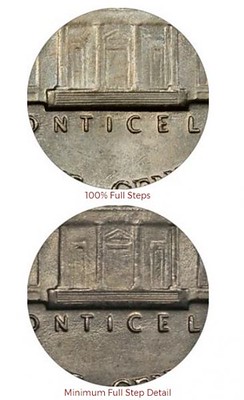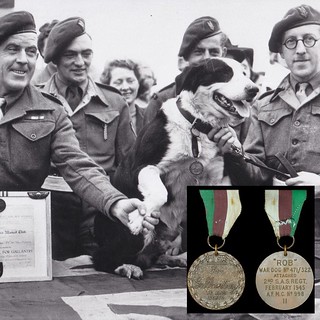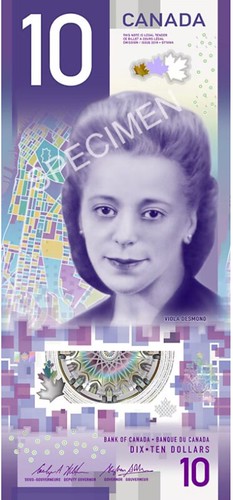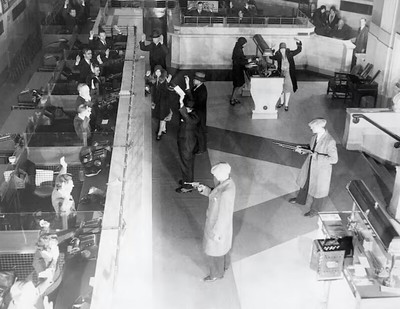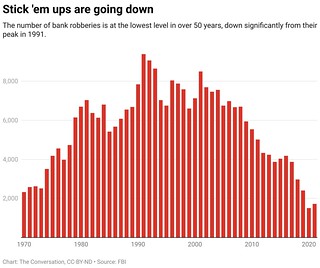
PREV ARTICLE
NEXT ARTICLE
FULL ISSUE
PREV FULL ISSUE
V25 2022 INDEX E-SYLUM ARCHIVE LOOSE CHANGE: OCTOBER 16, 2022Here are some additional items in the media this week that may be of interest. -Editor A Coin Update article by Michael Bugeja examines full steps on Jefferson nickels. -Editor
Full-step designations bring higher prices, in some cases, dramatically higher ones. Consider the common 1961-D nickel. It has a mintage of 229,342,760. In gem condition without full steps, its PCGS retail value is $28. With full steps, the price rises to $20,000. Yes, that's a dramatic case. But in general, any FS designation will increase business strike values substantially in any Jefferson nickel year.
To read the complete article, see:
We recently discussed the upcoming sale of one of the most important Dickin Medals, awarded to Rob the Parachuting Dog. They brought a record price at the sale. -Editor
He was the only dog ever to be awarded both the PDSA Dickin Medal for Gallantry, considered the animal equivalent of the Victoria Cross, and the RSPCA Red Collar for Valour – as well as a lifetime supply of biscuits. His owner's son, Basil Bayne, who grew up with Rob in Shropshire, has sold the medals, alongside his collar, a portrait and photographs, at auctioneers Noonans Mayfair in London. It smashed the previous record for a Dickin Medal, which stood at £22,000 for one awarded to a homing pigeon called Duke of Normandy, who brought news of the D-day landings back to the UK from France.
To read the complete article, see:
To read the earlier E-Sylum article, see:
Pablo Hoffman passed along this article by Harcourt Fuller on diverse national heroes on coins and bills. Thanks. -Editor
That is already happening, albeit slowly. Queen Elizabeth II is depicted on one side of the current Eastern Caribbean $100 banknote. The reverse side, however, depicts Sir Arthur Lewis, the noted 20th-century economist, the first Black person to earn the title of full professor at Princeton University and a Nobel Prize winner. In 2018, social justice icon Viola Desmond became the first Canadian woman to appear on a bank note, the $10 bill. In August 2022, the Royal Canadian Mint began circulating a $1 coin featuring the iconic Black jazz pianist Oscar Peterson. In Australia, where the queen is depicted on the $5 bill, spirited debate continues about whether or not to keep her image, replace it with King Charles or break with tradition and use an image of an indigenous Australian instead.
To read the complete article, see:
In the you-just-can't-make-a-good-living-anymore department comes this study on the steady decline in bank robberies. -Editor It might surprise you – as it did me – to learn that the number of bank robberies is the lowest it's been in half a century. That's what I discovered while researching a book about the shift to a cashless economy. With people using less cash, I had expected fewer bank robberies. But I was startled to see that the downward trend started well before the cashless economy started springing up in the 2000s.
As it turns out, cyber heists are much more lucrative, with even fewer penalties. A government report showed that in 2016, convicted credit card offenders took in over $60,000 on average and were given a prison sentence of just a little over two years.
Willie Sutton was an infamous U.S. bank robber during the 1920s and 1930s. When asked why he robbed banks, Sutton supposedly replied,
To read the complete article, see:
Wayne Homren, Editor The Numismatic Bibliomania Society is a non-profit organization promoting numismatic literature. See our web site at coinbooks.org. To submit items for publication in The E-Sylum, write to the Editor at this address: whomren@gmail.com To subscribe go to: https://my.binhost.com/lists/listinfo/esylum All Rights Reserved. NBS Home Page Contact the NBS webmaster 
|
